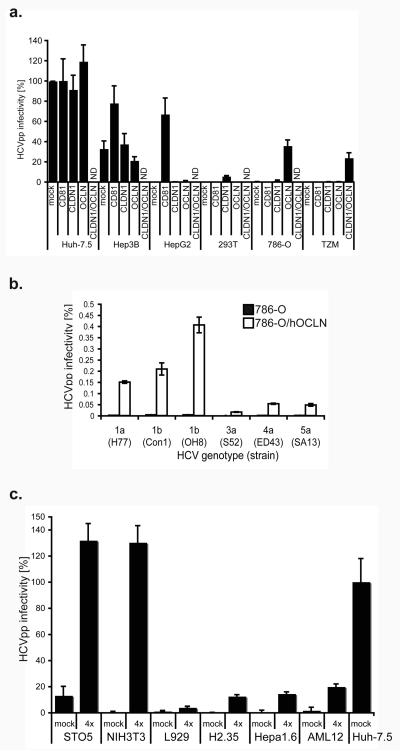Figure 1. OCLN expression confers susceptibility to HCVpp.
a, Human cells were transduced with human pTRIP-mCherry-CD81 (CD81), pTRIP-Cerulean-CLDN1 (CLDN1), pTRIP-Venus-OCLN (OCLN), both CLDN1 and OCLN, or mock transduced, then challenged in parallel with HCVpp and VSVGpp. HCVpp infectivity is reported as the titer of HCVpp divided by the titer of VSVGpp, after subtraction of the signals from infection with non-enveloped pseudoparticles (Env−pp). Pseudoparticles of different HCV genotypes were used to infect naive (black) or OCLN-expressing (white) 786-O cells (b). c, Mouse cells transduced with human pTRIP-mCherry-CD81 (CD81), pTRIP-SR-BI (SR-BI), pTRIP-Cerulean-CLDN1 (CLDN1) and pTRIP-Venus-OCLN (OCLN) (4×) or mock transduced; challenged and HCVpp infectivity calculated as above. ND, not determined. Means and standard deviation (SD) of at least triplicate experiments are shown.

